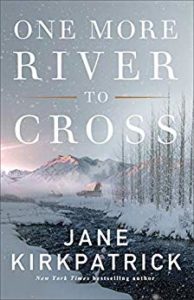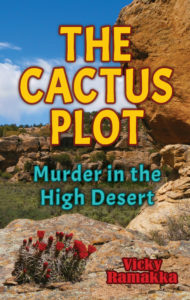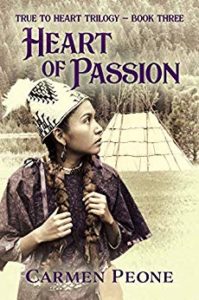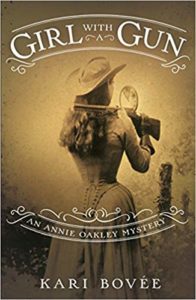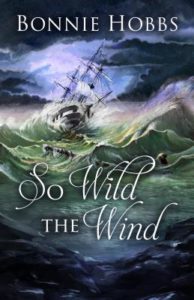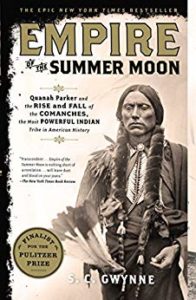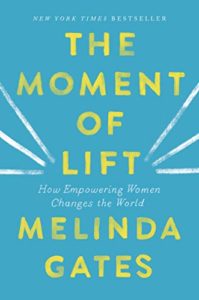
Melinda Gates, philanthropist, businesswoman, and global advocate for women and girls, shares her heart and beliefs in the The Moment of Lift. The title refers to the moment of liftoff of a rocket or airplane, or even an emotional moment of awe. This is a book about the moment of lift for women, that they may be a full partner in their own lives.
Bill and Melinda Gates met at a Microsoft dinner, married and have three children. They founded the Bill and Melinda Gates Foundation and as co-chair, Melinda sets the direction and priorities of the world’s largest philanthropy. It would be easy to say, “Well, sure, Melinda is married to one of the most well-known billionaires and philanthropists in the world, she can afford to do all that traveling.” But Melinda does more than just travel, she seeks ways to make changes for a better life in places of abject poverty and inequality. She visits villages, sits with women to exchange ideas, and strives to learn how their lives could be improved.
The Moment of Lift delves into some of the reasons that poverty exists, and explains how it could be eradicated, or at least reduced. She cites that if a plane crashes and 300 people die, it makes headlines around the world. Yet on the same day 30,000 children die from malnutrition, or lack of proper medical care, just because they are poor. Those facts never seem to make the headlines.
One of the reasons for poverty is that many women in developing countries have babies too early, too late, or too often for their bodies to handle. If contraceptives were readily available to them, they could space births, each baby would be more likely to survive his first year, and live to see his fifth birthday. Family planning is a smart, sensible, and vital component of global health and development. It paves the way for empowerment, especially in controlling one’s life and claiming one’s rights, and to be recognized as equal, not subservient.
Gates explains that poverty means not being able to protect your family. She suggests ways in which life standards could be raised by offering tools and information to make life-changing decisions. Educating girls leads to empowerment by giving them an awareness of choices available to them, putting them on the path to equality.
Every page in this amazing book offers information, ideas and possible solutions to eliminate extreme world poverty through equality and awareness. I could give many worthwhile quotes from this inspirational book, but I’ll settle for one: “…equality can empower women, empowered women will change the world.”
I heartily recommend The Moment of Lift for its enlightenment on fighting world poverty, and the power women have to achieve this goal.
On a personal note: Having served for two years in West Africa with the Peace Corps (The Gambia, 1979-1981) I saw first-hand the many truths Melinda Gates refers to regarding the treatment of women. I also witnessed how powerful a group of women can be when sharing information to make changes. In my memoir, Tubob: Two Years in West Africa with the Peace Corps, I’ve written about this experience.
Further reading: Several years ago, in 2015, I wrote about the Bill and Melinda Gates Foundation after I had toured their Visitor Center in Seattle. If you’re interested in reading that blog, please visit: http://www.marytrimblebooks.com/arrive-curious-leave-inspired-the-bill-and-melinda-gates-foundation-visitor-center/



